Year 1
The English curriculum is built around the three interrelated strands of language, literature and literacy. Teaching and learning programs should balance and integrate all three strands. Together, the strands focus on developing students' knowledge, understanding and skills in listening, reading, viewing, speaking, writing and creating. Learning in English builds on concepts, skills and processes developed in earlier years, and teachers will revisit and strengthen these as needed.
In Year 1, students communicate with peers, teachers, known adults and students from other classes.
Students engage with a variety of texts for enjoyment. They listen to, read, view and interpret spoken, written and multimodal texts designed to entertain and inform. These encompass traditional oral texts including Aboriginal stories, picture books, various types of stories, rhyming verse, poetry, non-fiction, film, dramatic performances and texts used by students as models for constructing their own texts.
The range of literary texts for Foundation to Year 10 comprises Australian literature, including the oral narrative traditions of Aboriginal and Torres Strait Islander Peoples, as well as the contemporary literature of these two cultural groups, and classic and contemporary world literature, including texts from and about Asia. Literary texts that support and extend Year 1 students as independent readers involve straightforward sequences of events and everyday happenings with recognisably realistic or imaginary characters. Informative texts present a small amount of new content about familiar topics of interest and topics being studied in other areas of the curriculum. These include decodable and predictable texts which present a small range of language features, including simple and compound sentences, some unfamiliar vocabulary, a small number of high-frequency words and words that need to be decoded phonically, as well as illustrations and diagrams that support the printed text.
Students create a variety of imaginative, informative and persuasive texts including recounts, procedures, performances, literary retellings and poetry.
(source: www.australiancurriculum.edu.au)
Achievement Standard
Receptive modes (listening, reading and viewing)
By the end of Year 1, students understand the different purposes of texts. They make connections to personal experience when explaining characters and main events in short texts. They identify that texts serve different purposes and that this affects how they are organised. They describe characters, settings and events in different types of literature.
Students read aloud, with developing fluency. They read short texts with some unfamiliar vocabulary, simple and compound sentences and supportive images. When reading, they use knowledge of the relationship between sounds and letters, high-frequency words, sentence boundary punctuation and directionality to make meaning. They recall key ideas and recognise literal and implied meaning in texts. They listen to others when taking part in conversations, using appropriate language features and interaction skills.
Productive modes (speaking, writing and creating)
Students understand how characters in texts are developed and give reasons for personal preferences. They create texts that show understanding of the connection between writing, speech and images.
They create short texts for a small range of purposes. They interact in pair, group and class discussions, taking turns when responding. They make short presentations on familiar topics. When writing, students provide details about ideas or events, and details about the participants in those events. They accurately spell high-frequency words and words with regular spelling patterns. They use capital letters and full stops and form all upper- and lower-case letters correctly.
(source: www.australiancurriculum.edu.au)
- Plus Plan
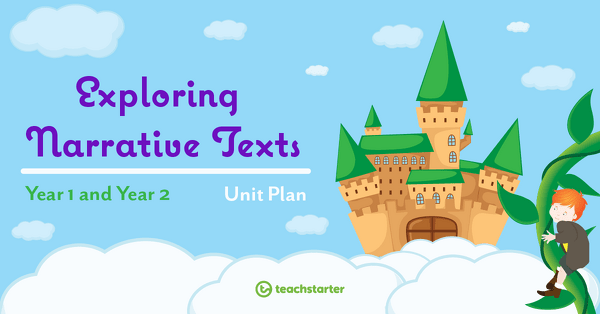
Proofreading and Editing - Narrative Writing
A 60 minute lesson in which students will learn and apply proofreading and editing skills.
- Plus Plan
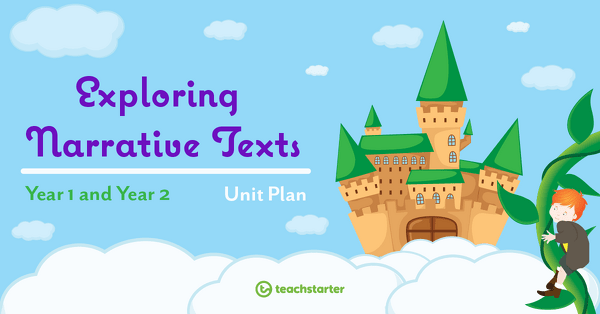
Exploring Simple Narrative Structure
A 60 minute lesson in which students will explore the structure of a narrative text.
- Plus Plan

Procedural Texts - Language Features
A 60 minute lesson in which students will identify and explore the language features of procedures.
- Plus Plan
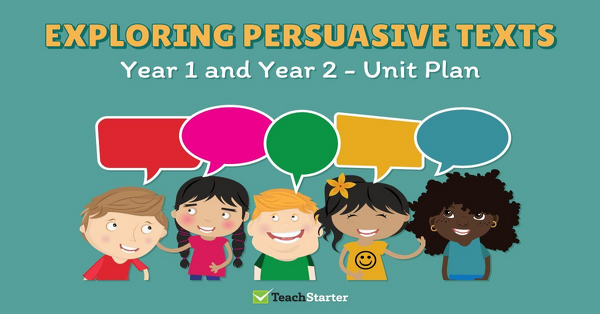
Simple Persuasive Structure
A 60 minute lesson in which students will identify and explore the basic structure of persuasive texts.
- Plus Plan
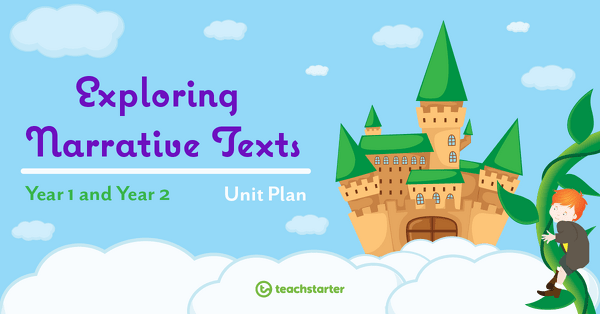
Dressing Up Sentences for Narrative Writing
A 60 minute lesson in which students will use descriptive language to add additional detail to sentences.
- Plus Plan
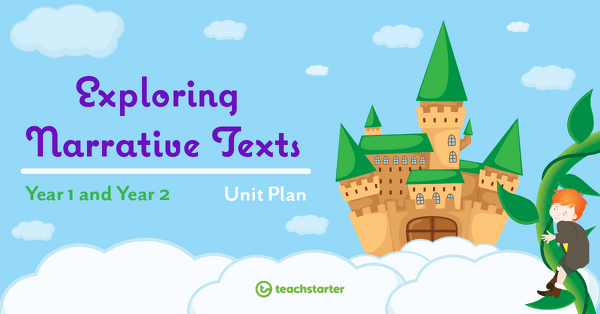
Introducing Simple Narrative Structure
A 60 minute lesson in which students will identify the structure of a narrative text using fairy tales.
- Plus Plan
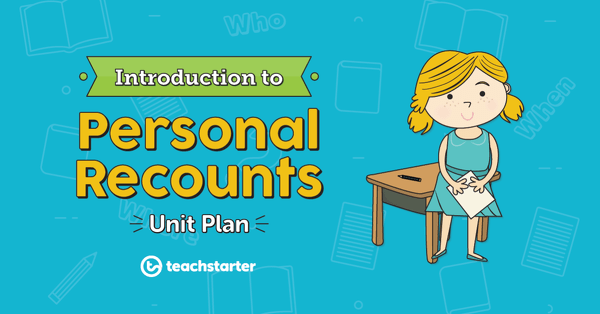
Sequencing Ideas Using Time Connectives
A 60 minute lesson in which students will investigate how events can be sequenced using time connectives.
- Plus Plan
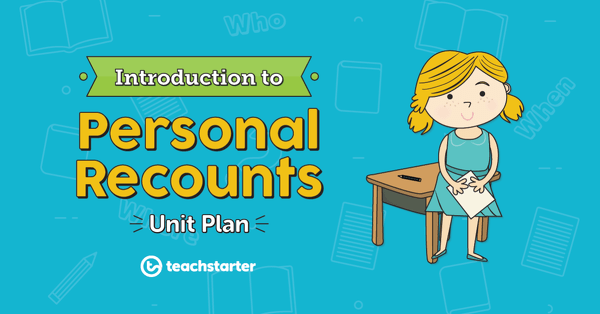
Personal Recounts - Language Features
A 60 minute lesson in which students will identify and explore the language features of personal recounts.
- Plus Plan
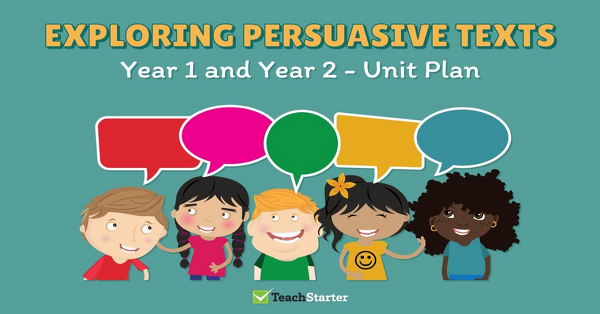
Eat Your Peas - Independent Writing
A 60 minute lesson in which students will independently construct a simple persuasive text about a familiar situation.
- Plus Plan
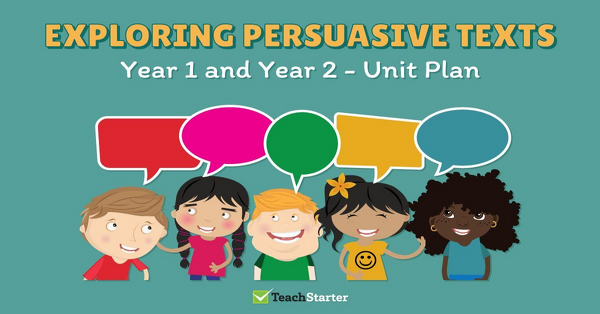
For or Against?
A 60 minute lesson in which students will investigate reasons for and against a situation or topic.
- Plus Plan
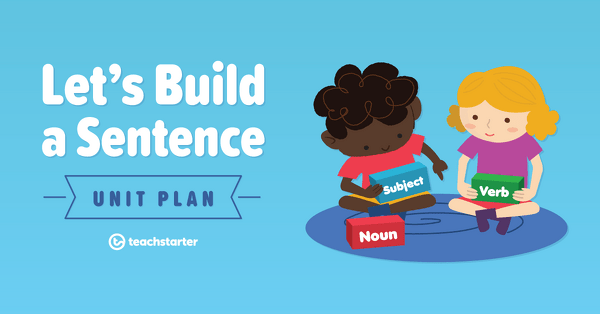
Using Adjectives to Describe a Character
A 60 minute lesson in which students will use adjectives to describe the personality and appearance of characters.
- Plus Plan
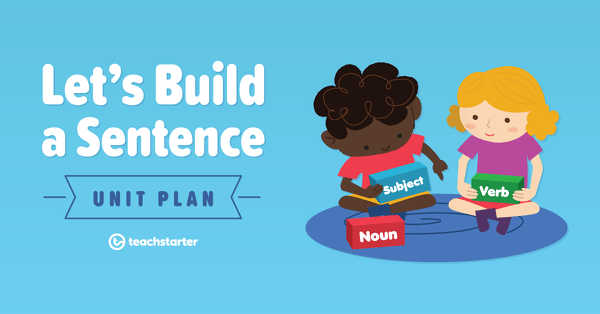
Capital Letters and Punctuation
A 60 minute lesson in which students will identify that capital letters and different types of punctuation are used to build sentences.
- Plus Plan
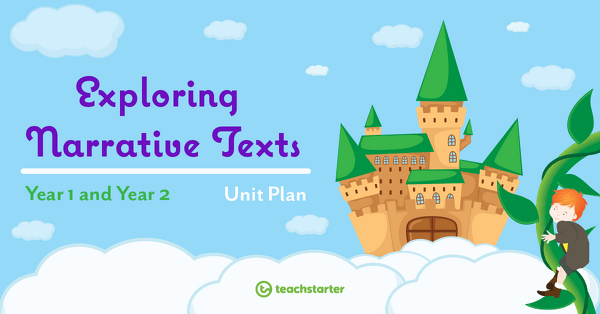
Creating a Fairy Tale Character
A 60 minute lesson in which students will develop a character for a fairy tale.
- Plus Plan
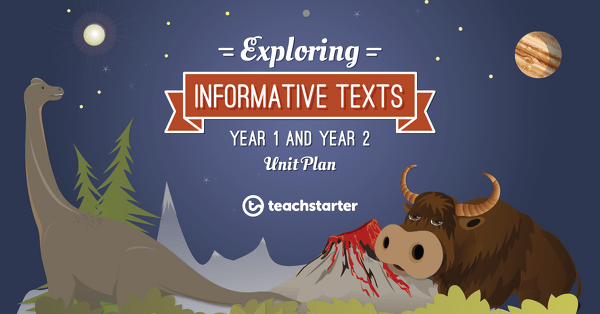
Animal Fact Book - Independent Writing
A 60 minute lesson in which students will independently create an informative fact book about an animal.
- Plus Plan
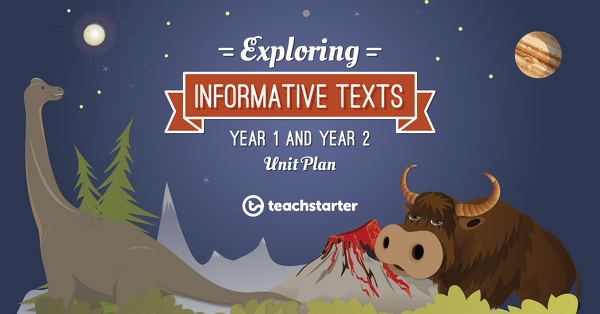
Animal Information Report - Shared Writing
A 60 minute lesson in which students will construct a simple information report about an animal in pairs.
- Plus Plan
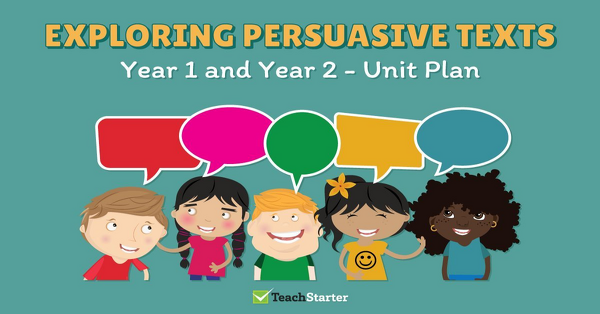
Strong Words Make Strong Opinions
A 60 minute lesson in which students will explore how word choice can be used to strengthen an opinion.
- Plus Plan
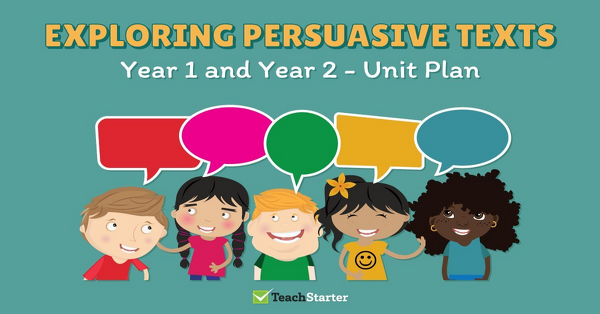
Persuasive Language Features
A 60 minute lesson in which students will identify and explore the language features of persuasive texts.
- Plus Plan
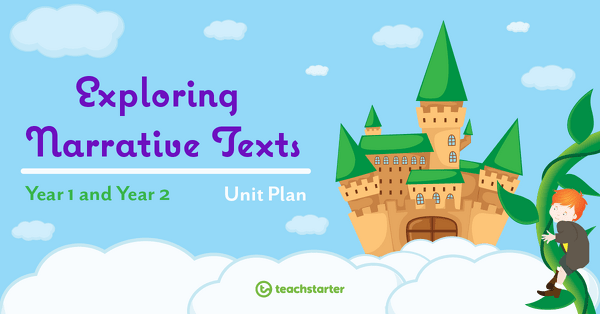
Exploring Fairy Tale Characters
A 60 minute lesson in which students will explore the methods authors use to create a character.
- Plus Plan
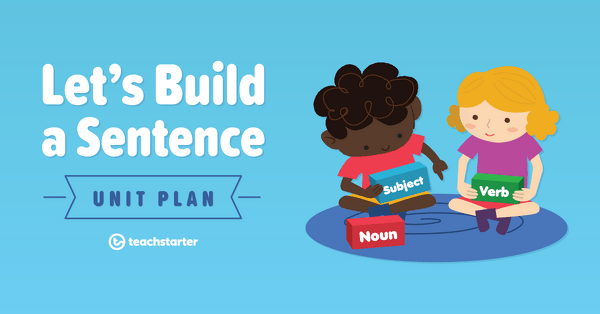
Using Adjectives
A 60 minute lesson in which students will identify that an adjective provides information about a noun and is often called a describing word.
- Plus Plan
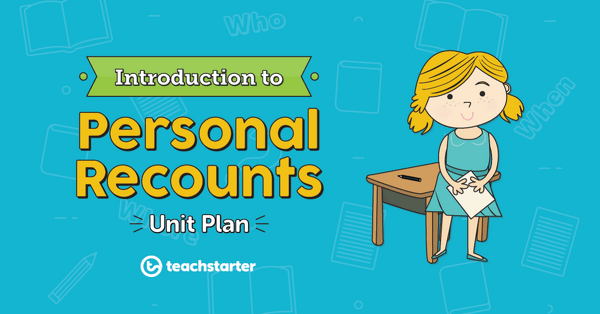
Introduction to Personal Recounts Unit Plan
This English unit has been designed to introduce the recount text type to younger students; specifically, the purpose, structure and language features of personal recounts.
- Plus Plan
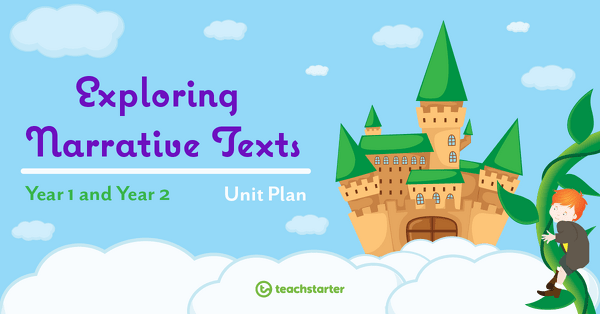
What's the Problem?
A 60 minute lesson in which students will develop a complication and resolution for a fairy tale.
- Plus Plan
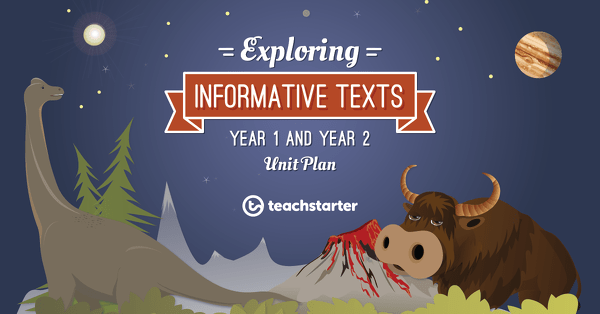
Fact or Opinion?
A 60 minute lesson in which students will identify the difference between a fact and an opinion.
- Plus Plan
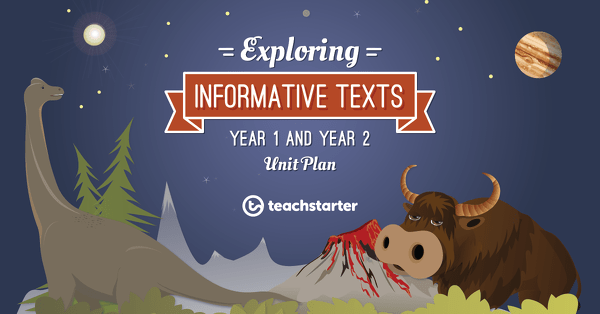
Separating Fact From Fiction
A 60 minute lesson in which students will understand the difference between fiction and non-fiction.
- Plus Plan
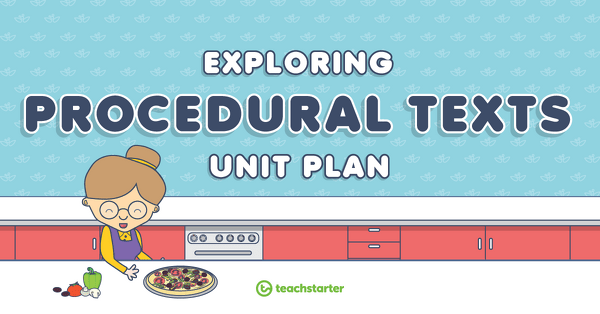
Procedural Texts - Text Structure
A 60 minute lesson in which students will identify and explore the structure of procedures.
- Plus Plan
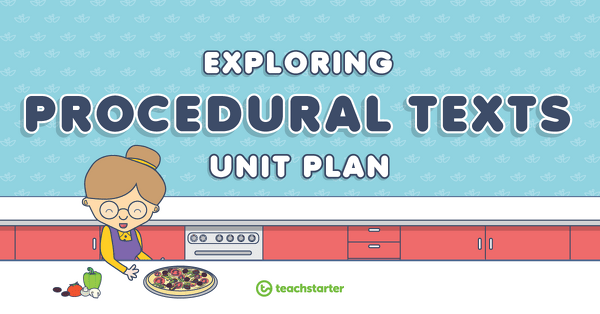
Modelled Writing - How to Wash a Woolly Mammoth
A 60 minute lesson in which students will jointly construct a simple procedure about a familiar experience.
- Plus Plan
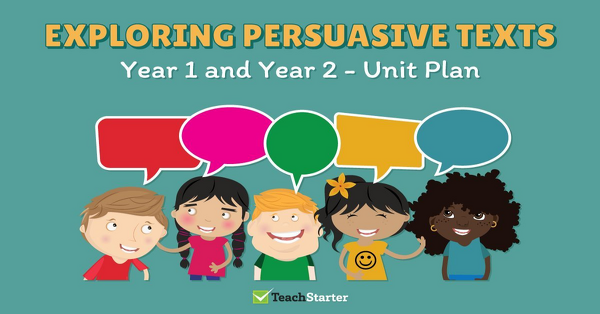
What Pet Should I Get? - Shared Writing
A 60 minute lesson in which students will construct a simple persuasive text on a familiar situation in pairs.
- Plus Plan

Understanding Point of View
A 60 minute lesson in which students will investigate point of view in relation to a situation or topic.
- Plus Plan

What Are Fairy Tales?
A 60 minute lesson in which students will explore the key features of the fairy tale genre.
- Plus Plan
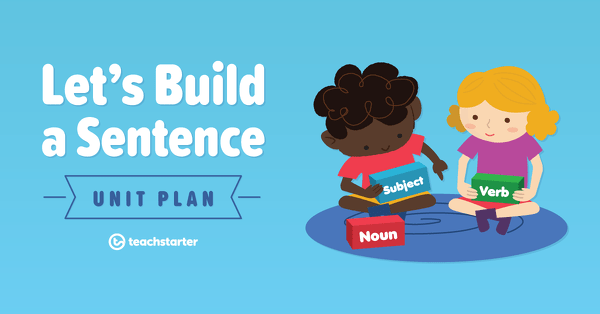
Capital Letters and Punctuation - Fix It!
A 60 minute lesson in which students will identify that capital letters and punctuation are used to build sentences.
- Plus Plan
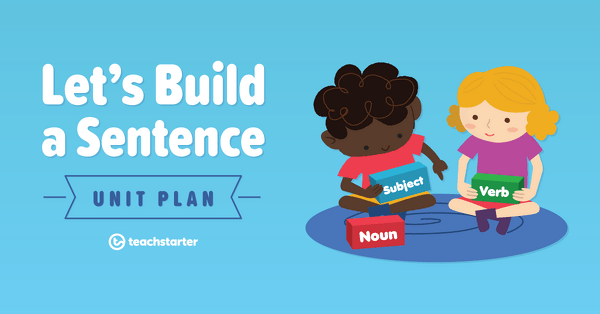
Common and Proper Nouns
A 60 minute lesson in which students will identify that a noun is a naming word used for a person, place or object.
- Plus Plan

A-Z Letter Formation – Handwriting Practice Video
Get your littlest learners to form their letters correctly with this set of handwriting practice videos for every letter from A to Z!
- Plus Plan
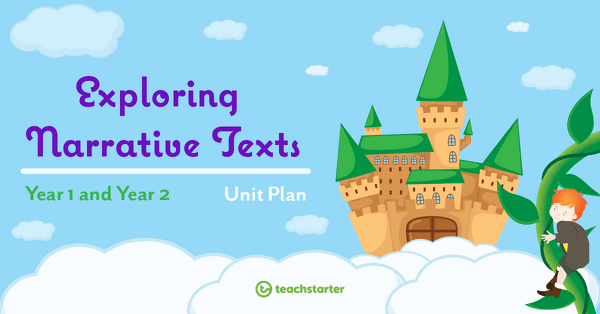
Writing a Fairy Tale
A 60 minute lesson in which students will independently write a fairy tale, using appropriate text structure, language and features.